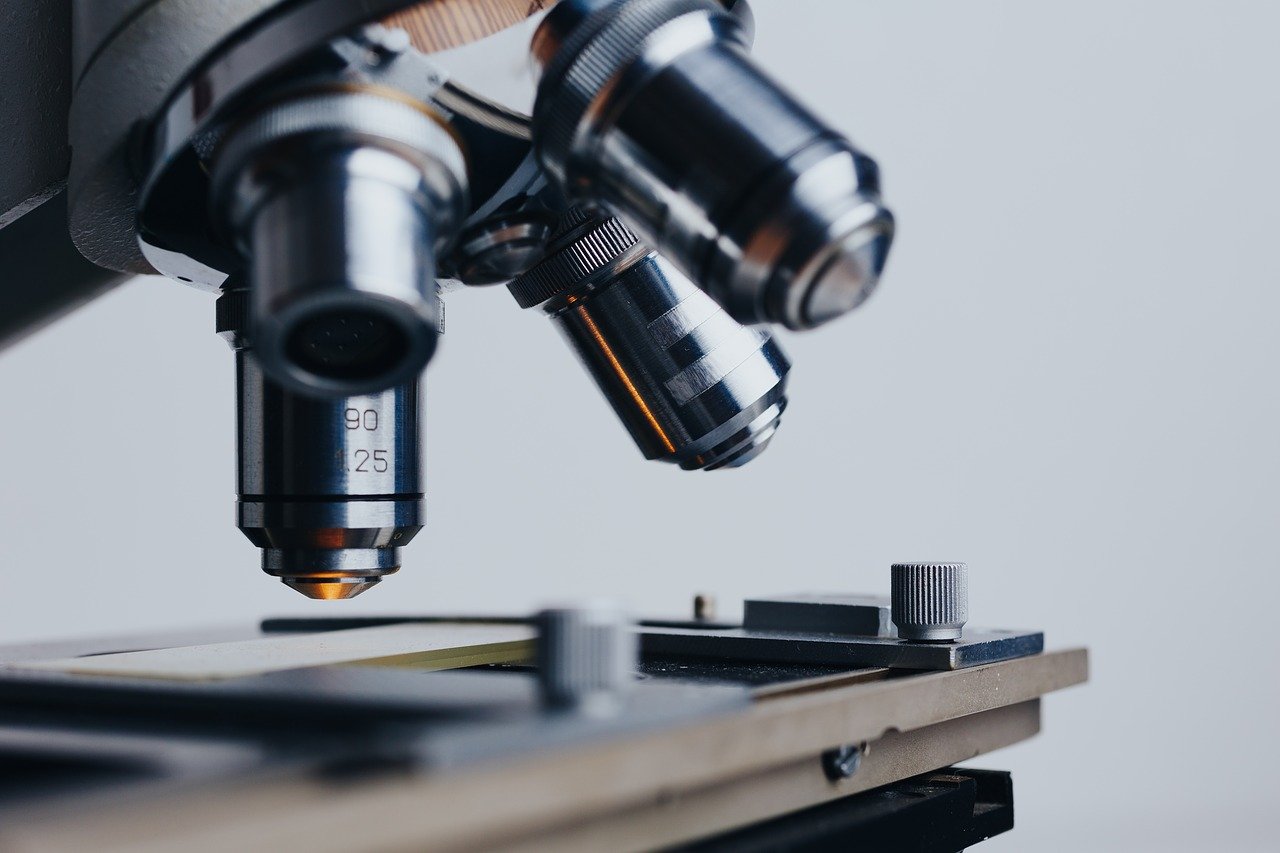Medical innovations are always occurring, and we are always shocked when they happen – as we should be. Some of these are small and will make every day medical issues easier to deal with, or some are big and can make a big difference to a field or a life. Read on for our picks of the most innovative advancements in recent medical history.
Speed in heart disease
The smallest advancement has made the greatest impact on heart conditions. Where once doctors could only give a heart attack patient a shot of morphine for the pain, the medical industry has now established that if they are quick, their patient may just survive.
Stents, blood thinning medications, and other treatment options all came to light with the idea that speed was the key, resulting in a 60% drop in cardiovascular disease since the 50’s.
Smart pacemakers
Smart tech is already getting involved in every aspect of daily life. You can heat your house with a thermostat connected to your phone, or operate the oven, or your security system – why shouldn’t you set your pacemaker too?
The newest round of pacemakers and defibrillators offer the opportunity to control them through your phone. Where once a bedside console transmitted the data of the pacemaker to a doctor, now an app will teach you to understand your pacemaker and what you need it to do, before delivering the treatment.
Advancements in tools
Small advancements in the operating room are vital to the advancements of surgery in general. After all, where would we be without the scalpel? And whoever discovered that germs are transferred on the hands should have got a Nobel Prize.
The Galaxy II is one such invention. The self-retaining retractor from June Medical allows one less person to be in the room, making for a less risky surgery. With surgical lights needing to be adjusted every 7 minutes, any tool that can do it without human input is invaluable to operations. The Galaxy II will adjust surgical lights itself, meaning there are less people in the room, spreading less germs and giving the surgeon less distractions.
3D printing limbs
Any advancement that makes treatment more accessible to patients is an innovation. Although 3D printing has many applications, and can even be found in garages nowadays, it is invaluable as a way of making prosthetic limbs.
Prosthetic limbs offer, on a most basic level, something to look at, and see that there is something there, making dealing with an amputation easier on mental health. In turn, it can offset phantom pain. Today, there are models that are controlled with a chip implanted in the brain. These models also have 3D printing to thank, since prosthetics in general are now far cheaper, and can be personalised to fit the wearer.
Universal Hep C treatment
Called the “silent epidemic” by the CDC, hepatitis C is a virus that can lead to various life-threatening health problems, including liver failure, cirrhosis and liver cancer.
It’s been a long journey to get it treated. With no vaccine, patients are subjected to medications that either come with adverse side effects or have no effect on certain genotypes.
However, we’re finally here in 2021, where it was announced that there is in fact a new, approved medication ready to go. More than 90% effective for hepatitis C genotypes 1, 2, 3, 4, 5 and 6, the fixed dose combination medication offers a new treatment option for patients.
